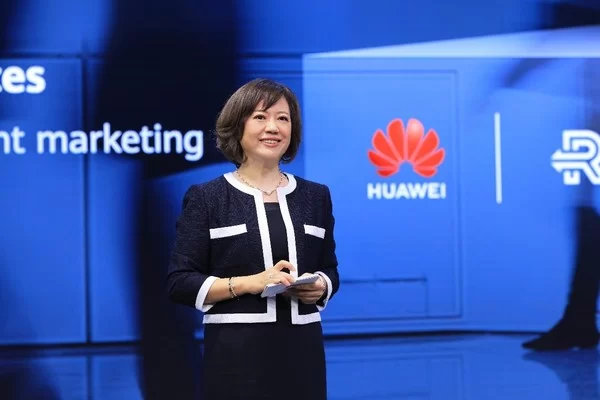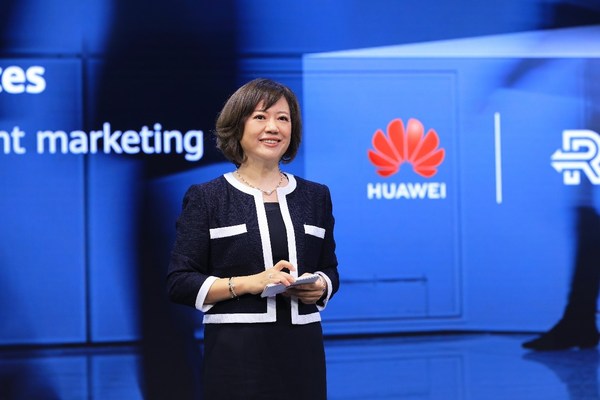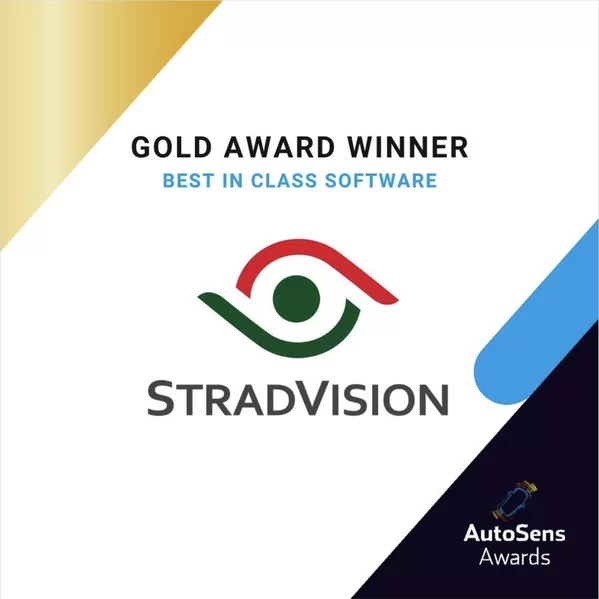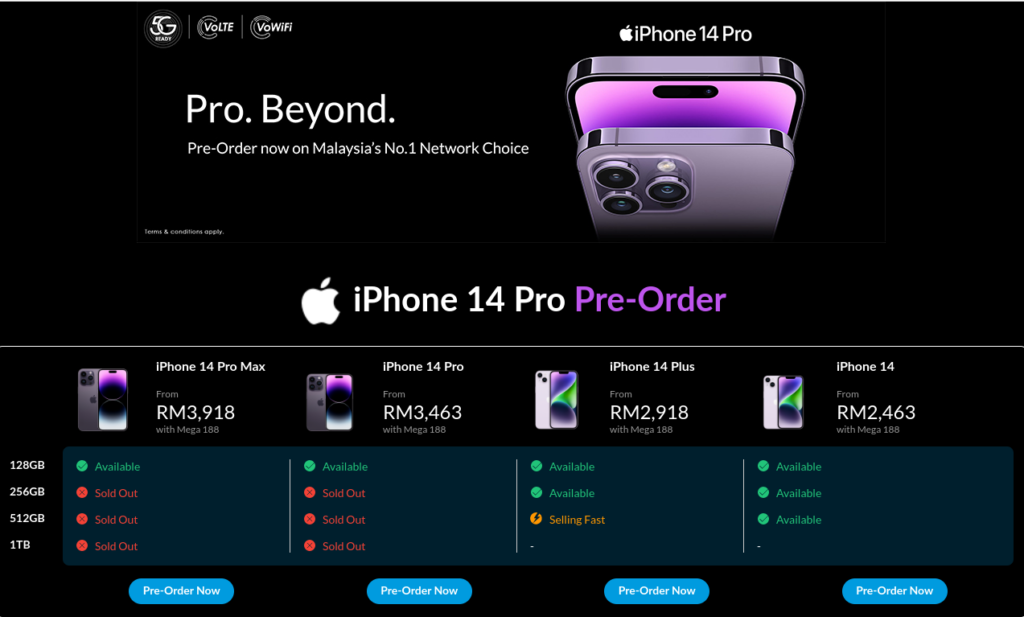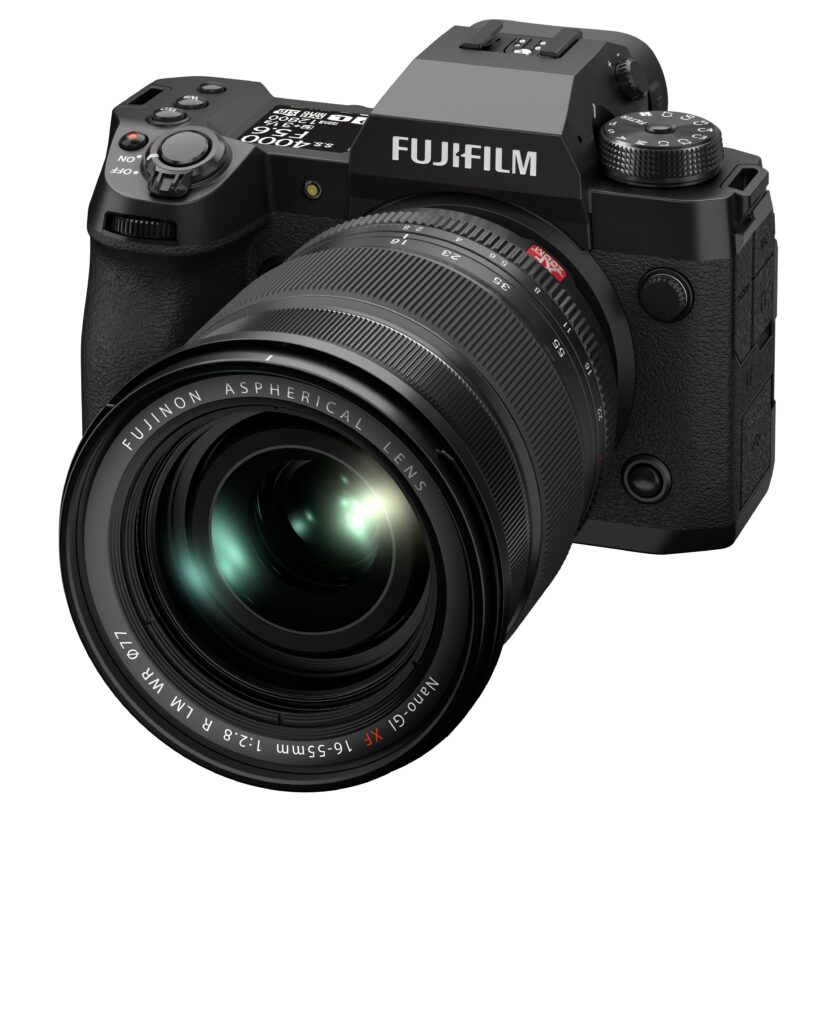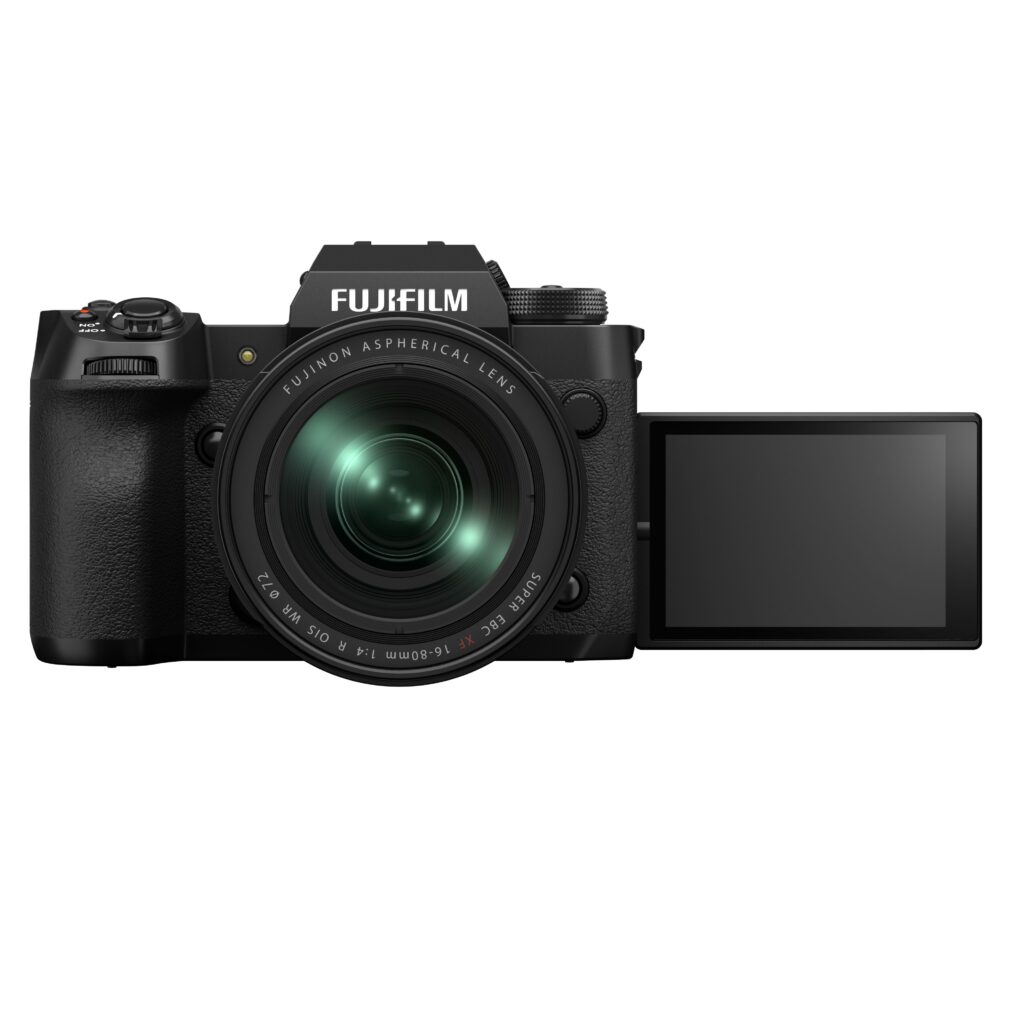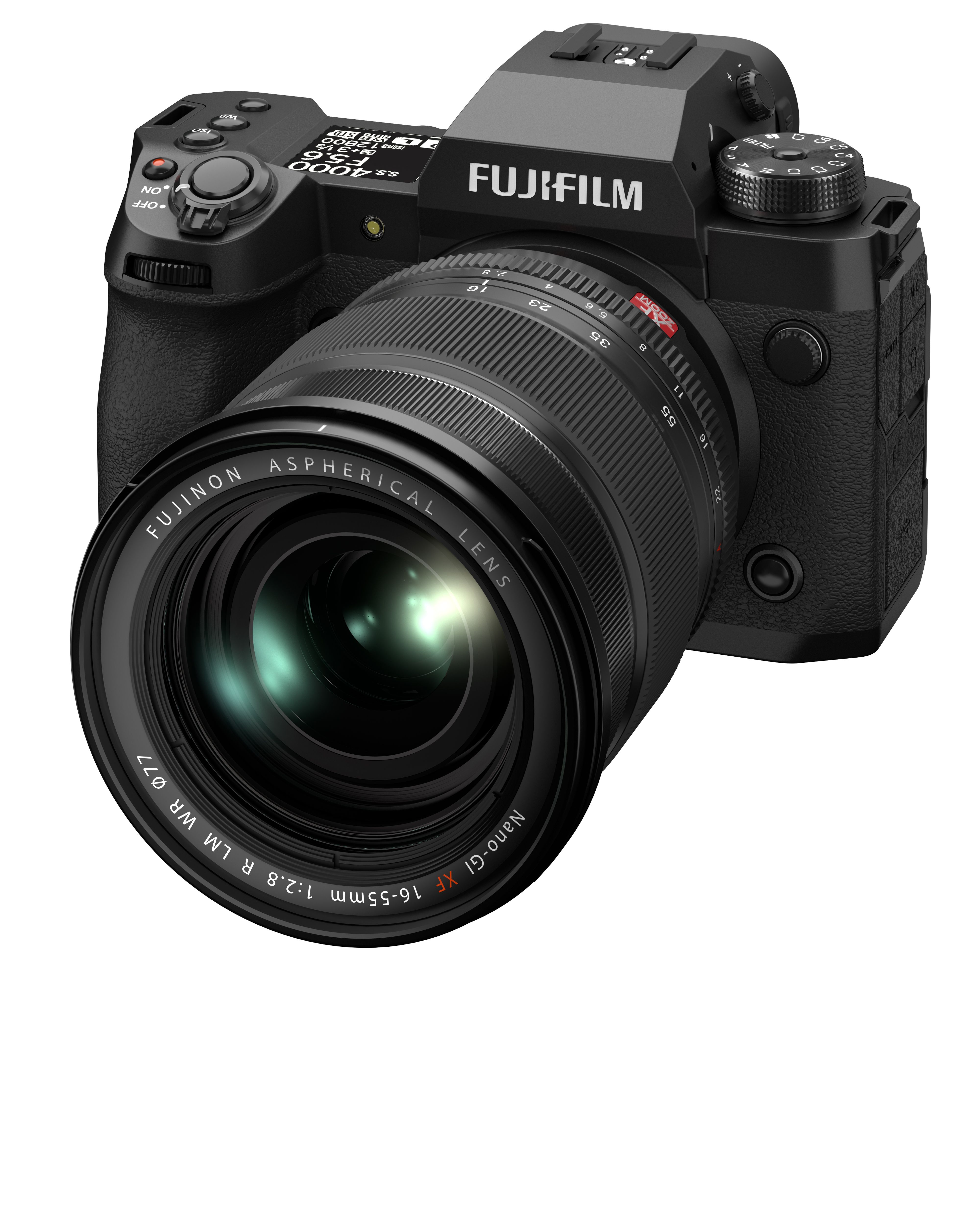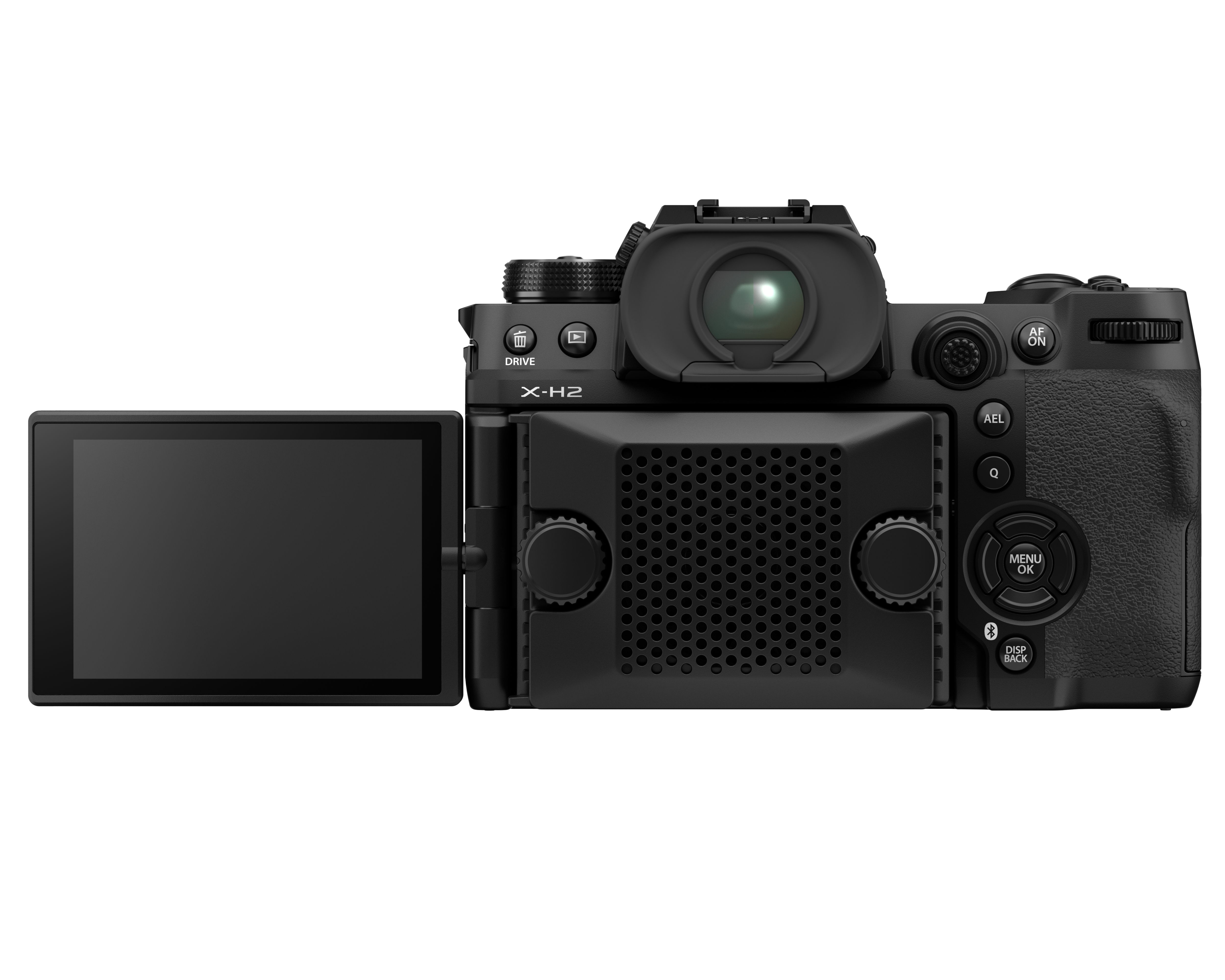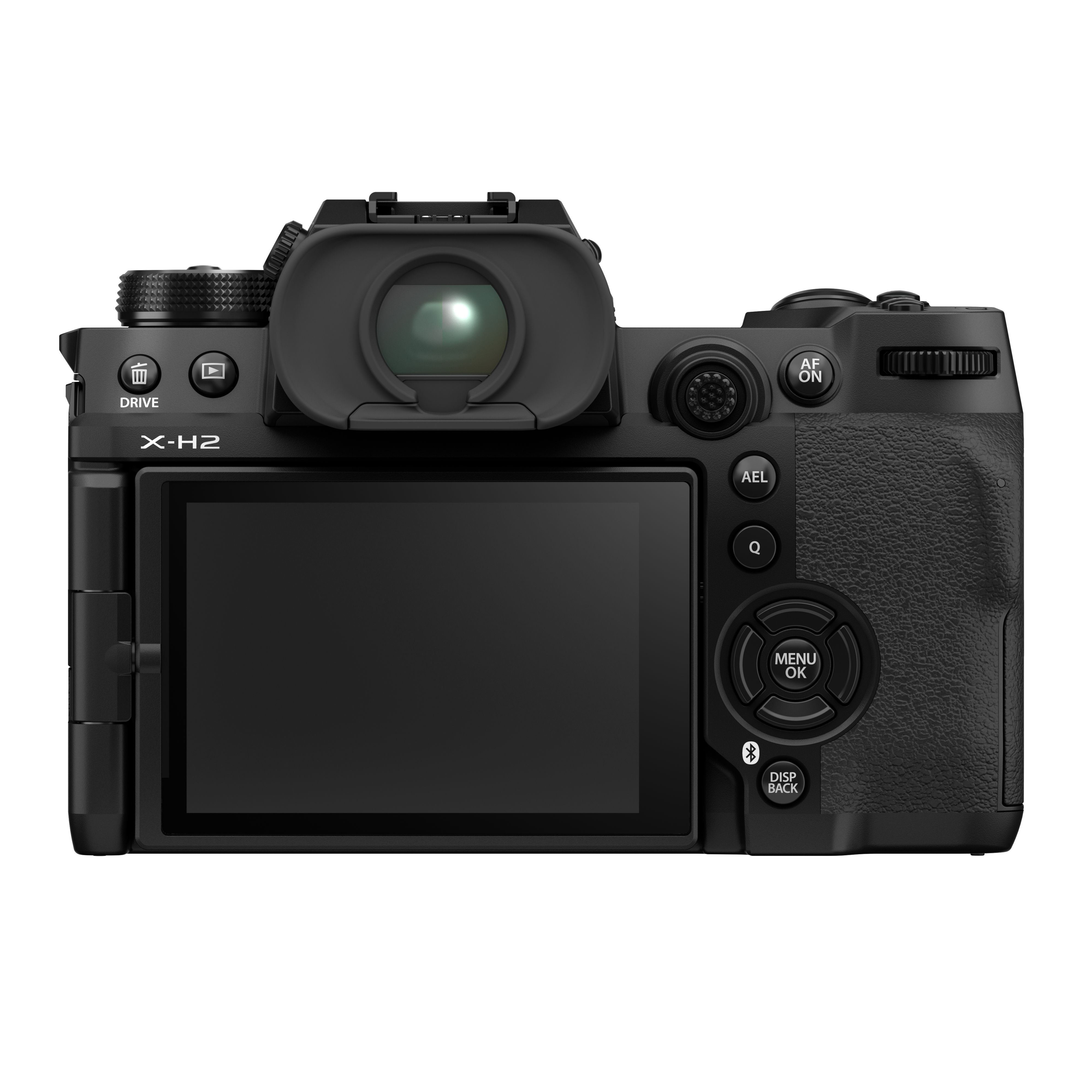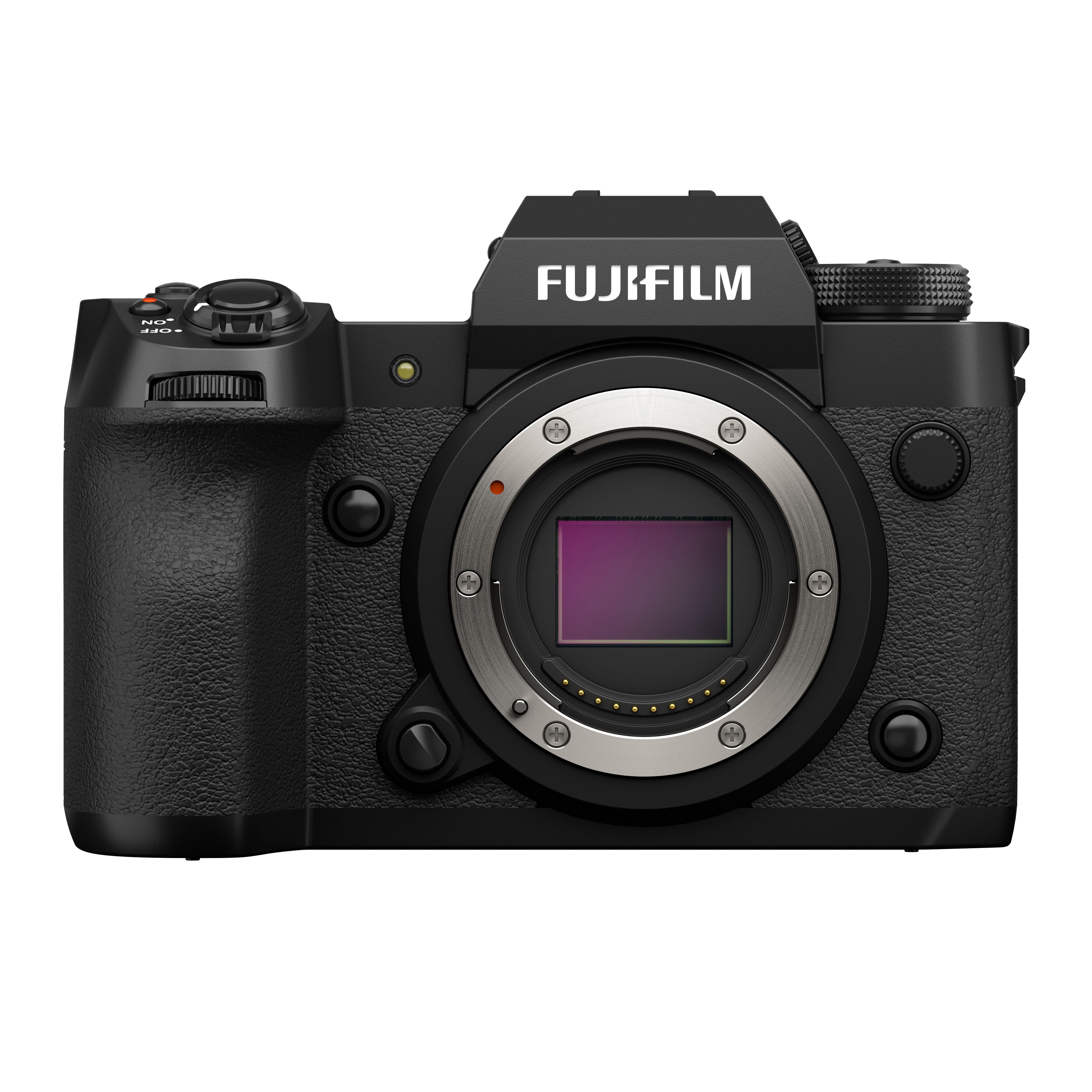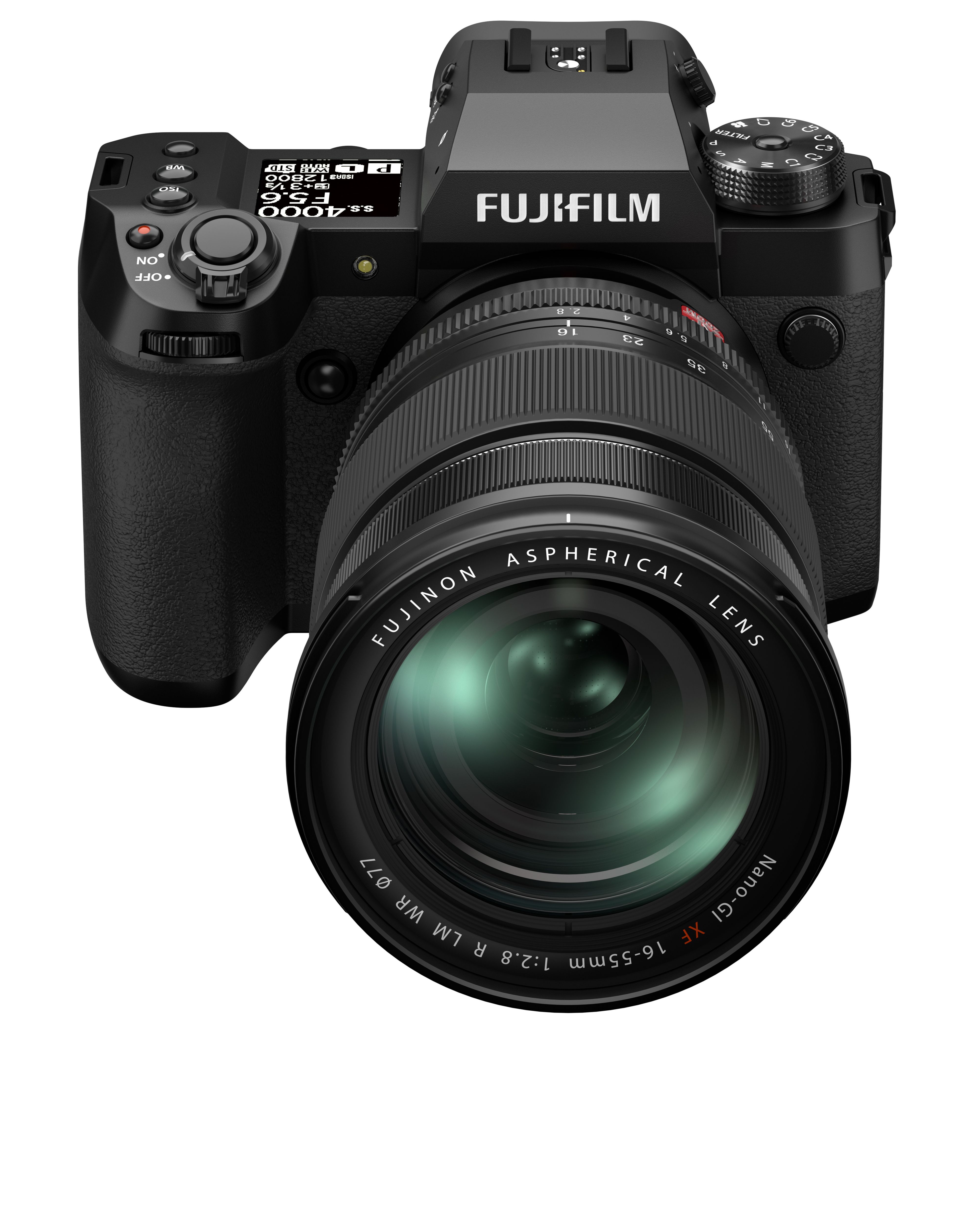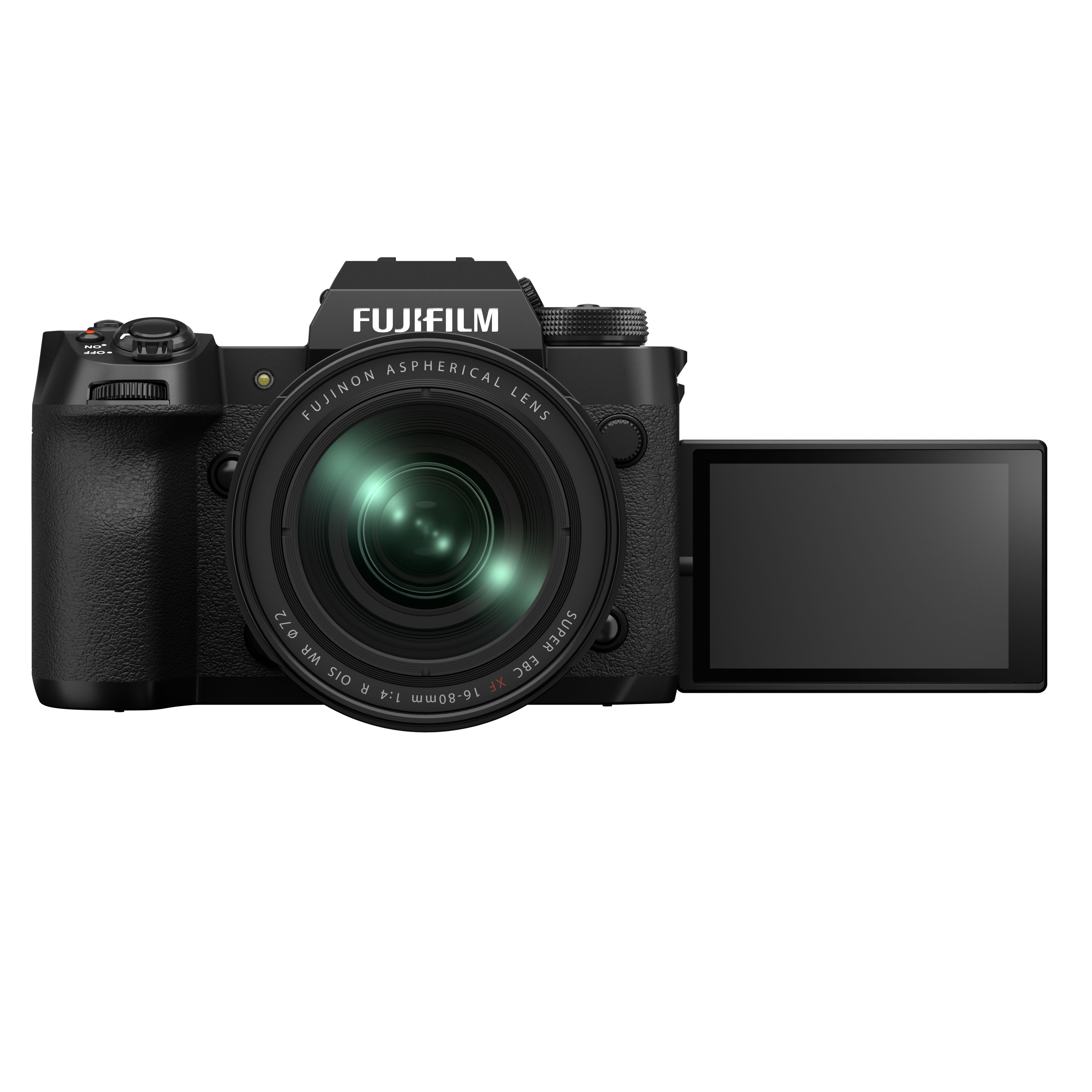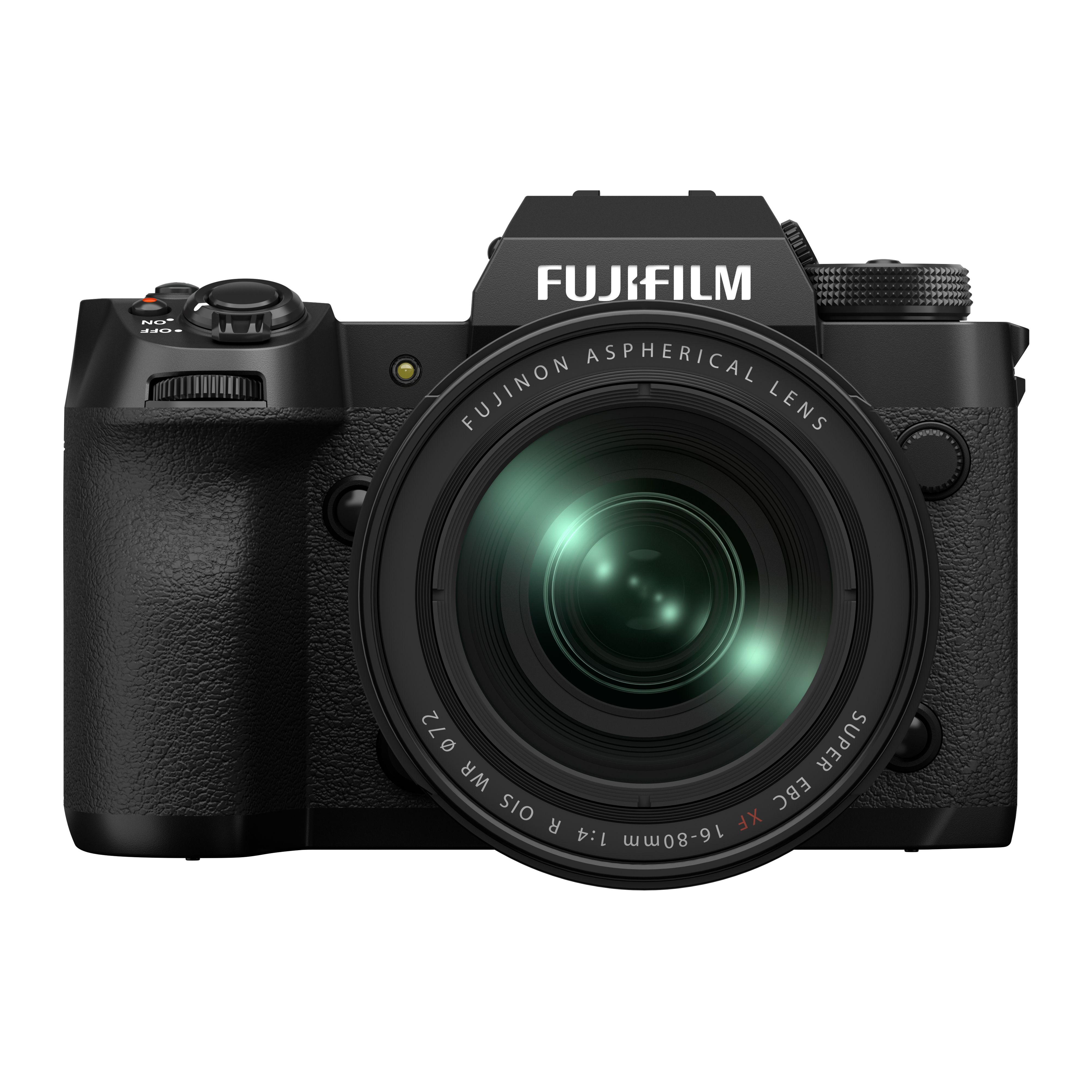Pepperstone will offer their traders an innovative AI-driven auto-trading experience
Pepperstone, an award-winning CFD & Forex broker has teamed up with Capitalise.ai to offer their traders a seamless, auto-trading experience. This new partnership enables Pepperstone clients to easily analyze, automate and execute their trading strategies without any coding knowledge, based on natural language processing (NLP)
TEL AVIV, Israel and MELBOURNE, Australia, Sept. 21, 2022 /PRNewswire/ — Capitalise.ai, a leading global technology provider of a groundbreaking trading automation and analysis platform and Pepperstone, a leading Forex & CFD Broker, have announced a strategic partnership that provides Pepperstone clients with a seamless auto-trading experience by fully automating their trading strategies using free-style text input, and receiving alerts and insights provided by Capitalise.ai’s engine.
Pepperstone clients now have a smooth and easy way of creating, analyzing and automating their trading scenarios while on the go, with no need for any coding or technical skills. Capitalise.ai’s proprietary technology uses artificial intelligence (AI), machine learning (ML) and natural language processing (NLP) to turn simple English text entered by traders into custom algorithmic trading strategies.
Pepperstone traders can use Capitalise.ai’s full suite of analytics and automated trading tools free of charge, including backtesting, loop strategies, smart notifications and much more. Available on Capitalise.ai’s mobile app for Android and iOS, traders can stay in control of their trades 24/7, 365 days a year, and free themselves from the desktop or from biased and/or emotional decisions.
“Our vision is to create a better way to trade for our clients and we continue to invest in trading technology that brings the world’s financial markets to astute, adventurous traders. Equipping our clients with advanced automation and analytics capabilities on our platform, is another example of how Pepperstone continues to deliver to the day-to-day needs of professional traders,” said James Perry-Keene, Head of APAC & LATAM Strategic Partnerships, Pepperstone.
“Capitalise.ai has developed an outstanding platform that makes creating automated trading strategies a super-easy and smooth experience. We are rated #1 for Overall Client Satisfaction in both the UK and Australian Investment Trends surveys and we believe that integrating Capitalise.ai into Pepperstone helps us continue to offer our clients the best quality service.”
Amir Shiovich, Capitalise.ai CEO & Co-Founder: “2022 has been an incredible year in online trading, exceeding our expectations and spring boarding off a very impressive 2021. Pepperstone is a globally trusted and award-winning broker, and have a track record of putting client experiences ahead of everything else. We look forward to bringing significant value to Pepperstone traders and making a real, positive impact in their daily trading habits. We are excited to welcome them on board.”
About Pepperstone
Established in 2010, Pepperstone has grown to become an award-winning online global forex and CFD broker known for delivering exceptional client service to tens of thousands of clients around the world. Pepperstone has subsidiaries across the globe and is regulated by the Australian Securities and Investments Commission (ASIC), the UK Financial Conduct Authority (FCA), the Cyprus Securities and Exchange Commission (CySec), the Securities Commission of The Bahamas (SCB), the Dubai Financial Services Authority (DFSA), the Federal Financial Supervisory Authority (BaFin) and The Capital Markets Authority of Kenya (CMA).
About Capitalise.ai
Capitalise.ai is a world leader creator of an analytics and trading automation platform that amplifies top-tier brokerage firms’ performance by offering a game changing trading experience for traders worldwide. Since 2021, Capitalise.ai more than quadrupled its number of partnerships, usage scale and trading activity.
With Capitalise.ai, brokers can offer their traders analytical instruments and seamless automated trading experience previously reserved only for highly technical traders with the know-how to build scripts on their own or use technical solutions. For the first time, traders with zero technical skills can automate their trading, using freestyle text.
Capitalise.ai’s platform is extensive and rich in capabilities and features and is being utilized by leading brokers worldwide.
![]() View original content:https://www.prnewswire.co.uk/news-releases/capitaliseai-and-pepperstone-announce-strategic-partnership-to-enhance-trading-experience-301628605.html
View original content:https://www.prnewswire.co.uk/news-releases/capitaliseai-and-pepperstone-announce-strategic-partnership-to-enhance-trading-experience-301628605.html


